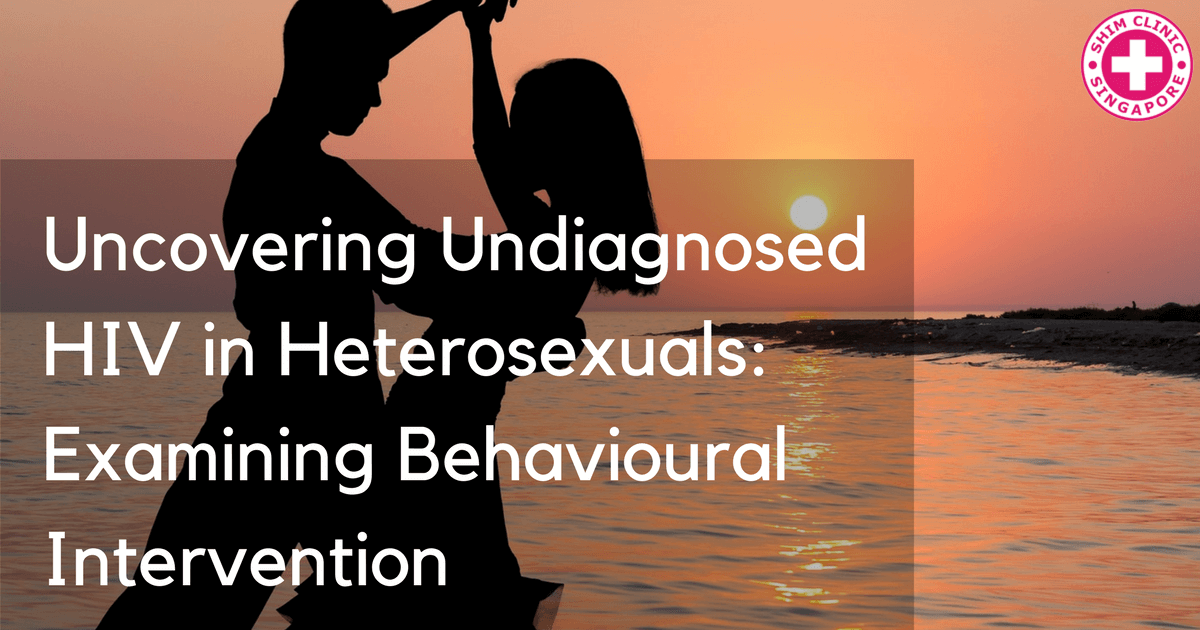A researcher at the Center for Drug Use and HIV Research (CDUHR) at New York University stated that at least a third of new HIV cases are linked to those who are HIV positive but they are not aware of their HIV status, yet finding such people can prove to be quite a challenge. She further adds that undiagnosed HIV is a serious public health issue.
As a result, researchers at the National Institute on Drug Abuse in the U.S have come up with an initiative dubbed the “Seek, Test, Treat and Retain model (STTR)”. The main purpose of the initiative is to test those who are HIV positive but are not aware of it and offer medical care in good time.
Which Groups of the Population are at Risk of Undiagnosed HIV?
The number of new HIV infections in the country has significantly dropped. However, 44,000 new infections are reported to have the infection yearly. In addition, of those infected, about 15% are reported to be unaware that they are HIV-positive. Of the 44,000 new infections, the heterosexual population is mostly affected with 24% of the new infections attributed to them.
Heterosexuals are less likely to be tested for HIV yet it is the number one means of transmission of the infection to women. In addition, heterosexuals at high risk of HIV, who are majorly composed of the African/American and Hispanic populations, have a variety of barriers to HIV testing.
Barriers to HIV Testing
They include:
- Lack of awareness of recommended frequent testing
- Low perceived risk of HIV infection for the mentioned groups compared to others
- Fear of HIV testing in case the result is positive
- Use of substances
- Low socioeconomic status
- Lack of trust for medical environments
- Poor access to HIV testing
The STTR Model
The seek, test, treat and retain model involves reaching out to high-risk population groups such as the heterosexuals, who have not been tested for HIV in order to have them tested and then providing treatment for those who are HIV positive. The initiative is aimed at expanding HIV testing and reducing viral load for HIV positive people through treatment which has been proven through previous research to reduce HIV transmission.
The researchers at the NIDA conducted a study that examined 3 seek/test methods: Respondent-Driven Sampling with Anonymous Single-session Testing (RDS-AST), Respondent Driven Sampling with Confidential Two-session Testing (RDS-CTT), and Venue-based Sampling (VBS).
The study was carried out within an urban high-risk area in central Brooklyn, New York. The interventions were made to address the specific barriers that heterosexuals face to HIV testing and all 3 tests were culturally suitable for African American and Hispanic heterosexuals.
The researchers found that the rates of newly diagnosed HIV were less than earlier thought. This finding was attributed to the effective prevention strategies for the infection that were implemented in the area where the study was conducted.
The study highlighted the important role that promotion of regular HIV testing plays in eliminating HIV transmission.
Source: Cleland C, Gwadz M, Hagan H, Perlman D, et al. Public Health Benefit of Peer-Referral Strategies for Detecting Undiagnosed HIV Infection among High-Risk Heterosexuals in New York City. JAIDS Journal of Acquired Immune Deficiency Syndromes. 2016; doi:10.1097/QAI.0000000000001257

